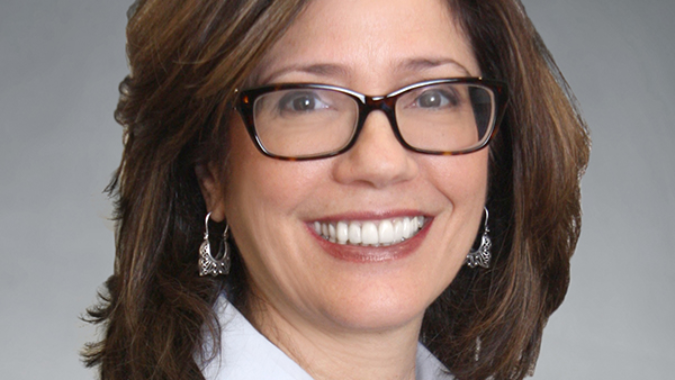Prager Metis CPAs Robbin Caruso and Edward Rigby recently led NJBIA business owners and CFOs through the nitty gritty of some of the new tools that are available from the federal government to help employers survive the economic repercussions of the COVID-19 pandemic.
“With COVID 19 we find ourselves in new territory at every turn, businesses are having to make many difficult decisions,” Caruso told listeners during an NJBIA webcast on Tuesday. “(They) are asking us: How do we pay our staff, our taxes, our vendors, landlords, other bills, and ourselves?”
The in-depth “CFO in a Box” webcast and PowerPoint included information on changes to IRS deadlines and rules, as well as key business and small business loan-related law changes enacted as part of the federal Coronavirus Aid, Relief & Economic Security (CARES) Act. CARES has allocated $2 trillion under various programs to support businesses during the economic downturn caused by the pandemic.
Topics covered included: new modifications for net operating losses (NOLs); temporary changes to limitations on business interest deductions; technical corrections to tax depreciation rules for property improvements; the Paycheck Protection Program (PPP) providing businesses with low-interest loans and loan forgiveness; Economic Injury Disaster Loans (EIDL); and new tax credits for employee retention.
Key takeaways included:
- The deadline for 2019 federal income tax filings and payments has been extended from April 15 to July 15; however, taxpayers’ second quarter 2020 estimated tax payments are still due on June 15. Payroll taxes and sales and use taxes are generally due as usual as well.
- Informational and foreign filing deadlines are generally not deferred.
- The CARES Act has temporarily repealed the taxable income limitation enacted under the 2017 Tax Cuts & Jobs Act, which had generally limited NOLs to 80% of the taxpayer’s taxable income.
- The CARES Act modifies the interest expense limitation rule for the 2019 and 2020 tax years by applying a 50% limitation of adjusted taxable income, instead of 30%.
- The CARES Act allows individual taxpayers who do not elect to itemize deductions to claim an “above the line” charitable contribution deduction of up to $300 from gross income.
- For corporate donations, the 10% limitation on AGI is increased to 25% of taxable income for 2020.
- The CARES Act provides a technical correction to the 2017 Tax Cuts & Jobs Act, which had inadvertently omitted qualified improvement properties (QIP) when it modified bonus depreciation and expensing for capital investment in business property. QIP now qualifies as 15-year property, allowing taxpayers to apply 100% bonus depreciation.
Caruso and Rigby fielded the most questions, however, about the federal government’s new $349 billion Paycheck Protection Program, which allows participating banks to start offering forgivable loans backed by the federal government to provide short-term cash flow assistance to businesses. The loans can be used for payroll, healthcare benefits, interest on mortgage or other debts, rent, and utilities.
The application process opened for small businesses and nonprofits April 3; independent contractors and the self-employed can begin applying on April 10. Business with fewer than 500 employees may take loans of up to $10 million based on a formula tied to payroll costs. The two-year loans at 1% interest, which are forgivable if certain staffing levels and other conditions are met, are calculated based on average monthly payroll costs for a one-year period multiplied by 2.5.
“Listen, if you qualify, it’s a tax-free grant,” Rigby said.
Separate from the Payroll Protection Program is the Small Business Administration’s Economic Injury Disaster Loan (EIDL) program. EIDL is administered directly by the SBA, not private banks, and offers emergency grants and low-interest loans of up to $2 million to eligible small businesses and nonprofits.
Another option is the Employee Retention Tax Credit program, which allows for a 50% refundable tax credit for wages paid to employees of businesses that have been closed due to governmental order, or that have encountered significant losses.
The interplay of the programs has been confusing for many small businesses, Caruso said. However, they should know they cannot apply for two programs for the same purpose, such as EIDL and PPL loans to cover payroll costs for the same time period. Nor can they take a tax credit under the Employee Retention Tax Credit program if they received money to cover payroll costs from the PPE program.
“Now if you were going to apply for the EIDL grant and were going to use that for different purposes – again it’s a little more of a broader criteria for what those uses could be – say you have supply chain expenses or need working capital – I think you still apply for both,” Caruso said.
“But you wouldn’t be able to take the loan forgiveness under PPP if you were using grant monies to fund the same payroll, I think that’s clear,” Caruso said.
To view the complete webcast go here.



